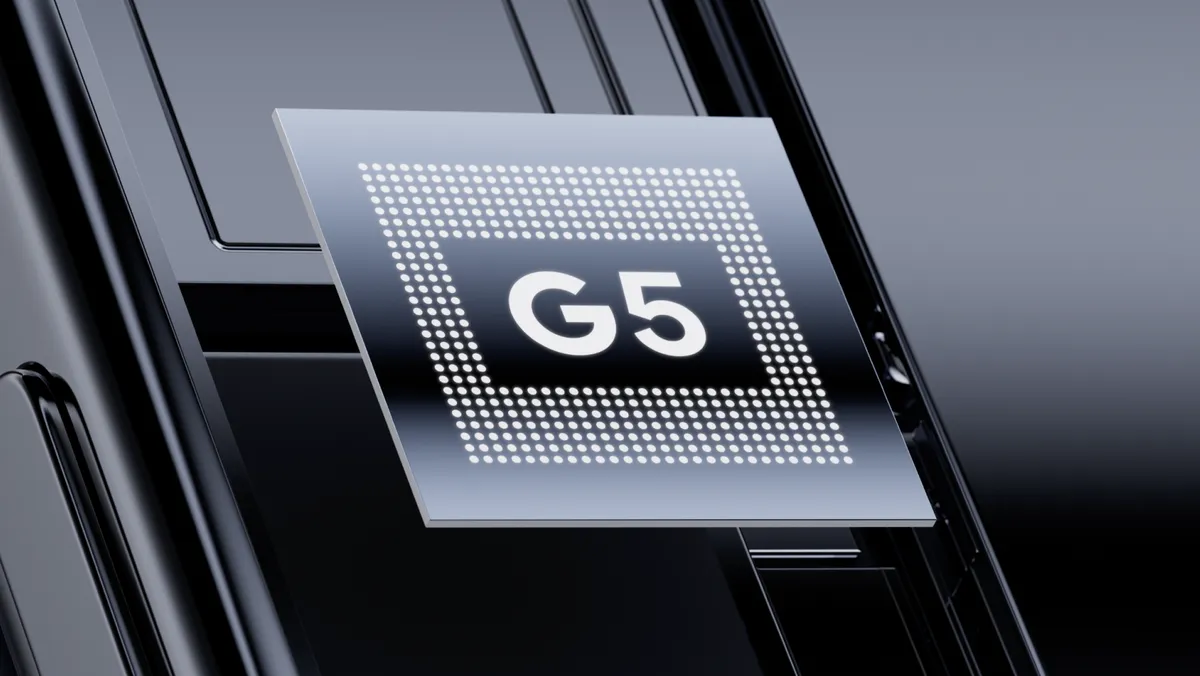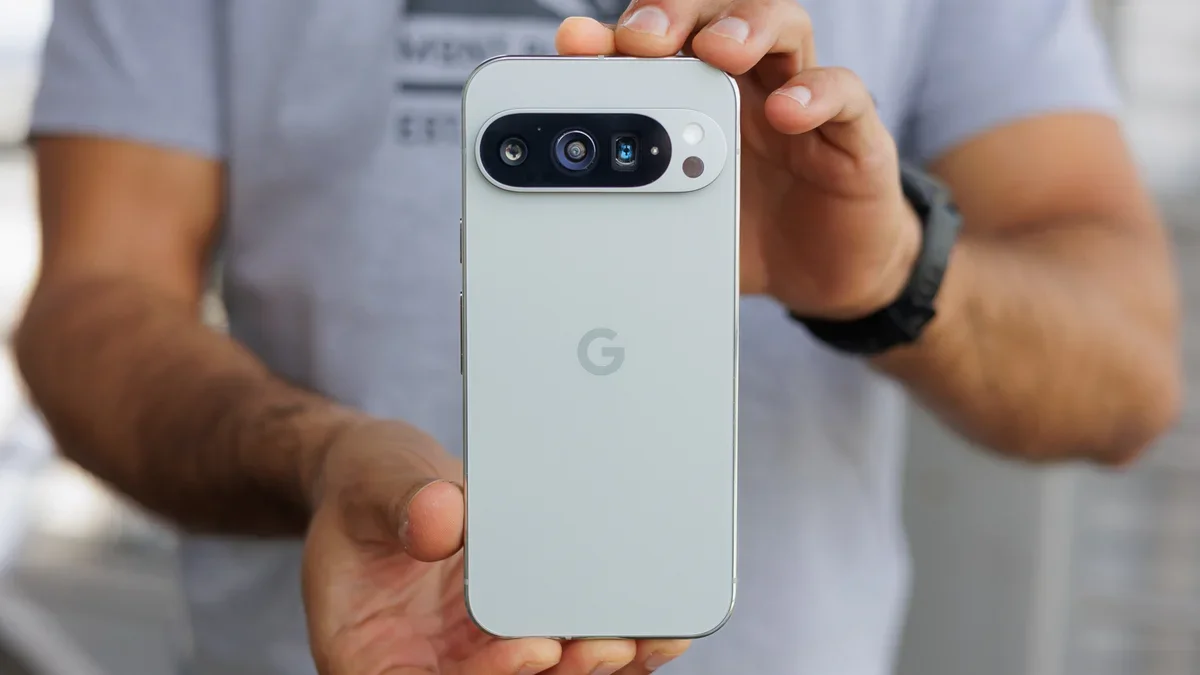The copy-paste smartphone culture


Can you tell the difference? | Image by GeoTech
The design of the Pixel 10 series is almost identical to the last generation. Actually, pretty much all the hardware has been carried over from the Pixel 9 series. I know almost everybody does it nowadays, but we should not normalize it. A new chipset plus some software features should not equal a new phone model.There were times when such an upgrade would’ve been called an “S” or a “Plus” or something. The vanilla Pixel 10 even downgraded the camera system, and Google somehow marketed it as an upgrade.
This wouldn’t be a problem if companies were upfront about one key thing. Money. This lack of innovation wouldn’t be as big of an issue if it weren’t for one key thing: the price.
The price is not right


Mr. Franklin is skeptical too | Image by PixaBay
With so many rehashed components, one might think that the price should go down. And that’s logically sound. The manufacturing facilities making the Pixel 10 models just continue to dish out the same parts as last year. No new machinery, tooling, or R&D needed.The price of a smartphone is highly affected by those things, especially when we talk about mass production. Imagine the Pixel 10 series as an extended run of the Pixel 9, production-wise.
This means more volume and a lower price per unit, generally speaking. I don’t have inside information about profit margins, but I bet Google will be making more money from the Pixel 10 series compared to the Pixel 9.
At the end of the day, I don’t want to be paying more (or virtually the same as last year) for a phone that should be cheaper and rakes in profit for Google. This makes companies lazy, and the Pixel 11 could be even worse in terms of actual upgrades per dollar.
What are you (really) getting for your money?


This is the big upgrade, or is it? | Image by Google
So, what’s the big deal about the new Pixels? You’ve guessed it right—AI, the ultimate buzzword in modern smartphone reality. This catchphrase just refuses to go away. Google has made steps toward implementing AI in a smartphone in such a way that it might actually be useful and helpful.I’ve got no problem with this notion; in my opinion, AI should work in the background and do its thing without fanfares and bold names, but marketing is marketing. Magic Cue is magic, and Camera Coach is there to make you a better photographer. I get it; the names are catchy.The problem is that most (if not all) of these features will drip down to older Pixels. “Yeah, but the Tensor G5 allows many features to be performed on-device,” you (and Google) might argue.
You still need an internet connection for most of the AI features anyway, so at the end of the day, the real-life difference between a phone that does its AI magic entirely in the cloud and one that can do some of it on-device might not be as big.
Okay, plan B—what should I get then?


Looks like a duck, quacks like a duck… it’s a Pixel 9 Pro! | Image by PhoneArena
There are a lot of better options out there. I’m not an iPhone guy myself, but you can wait a month for the iPhone 17 to arrive. The reason being—like it or not—the only big upgrade the Pixel 10 brings, the Tensor G5, is still a decent chunk of performance behind its rivals.
The Galaxy S26 is a longer wait, but according to rumors, we’re looking at some substantial upgrades in the camera department and also the fastest Qualcomm chip, tuned for Galaxy.
Ultimately, if you really want a Pixel, the smartest move is to find a great deal on a Pixel 9. With so few meaningful upgrades in the new model, you can get a nearly identical experience and save over a hundred dollars.
#wont #buying #Pixel #phones #Heres
